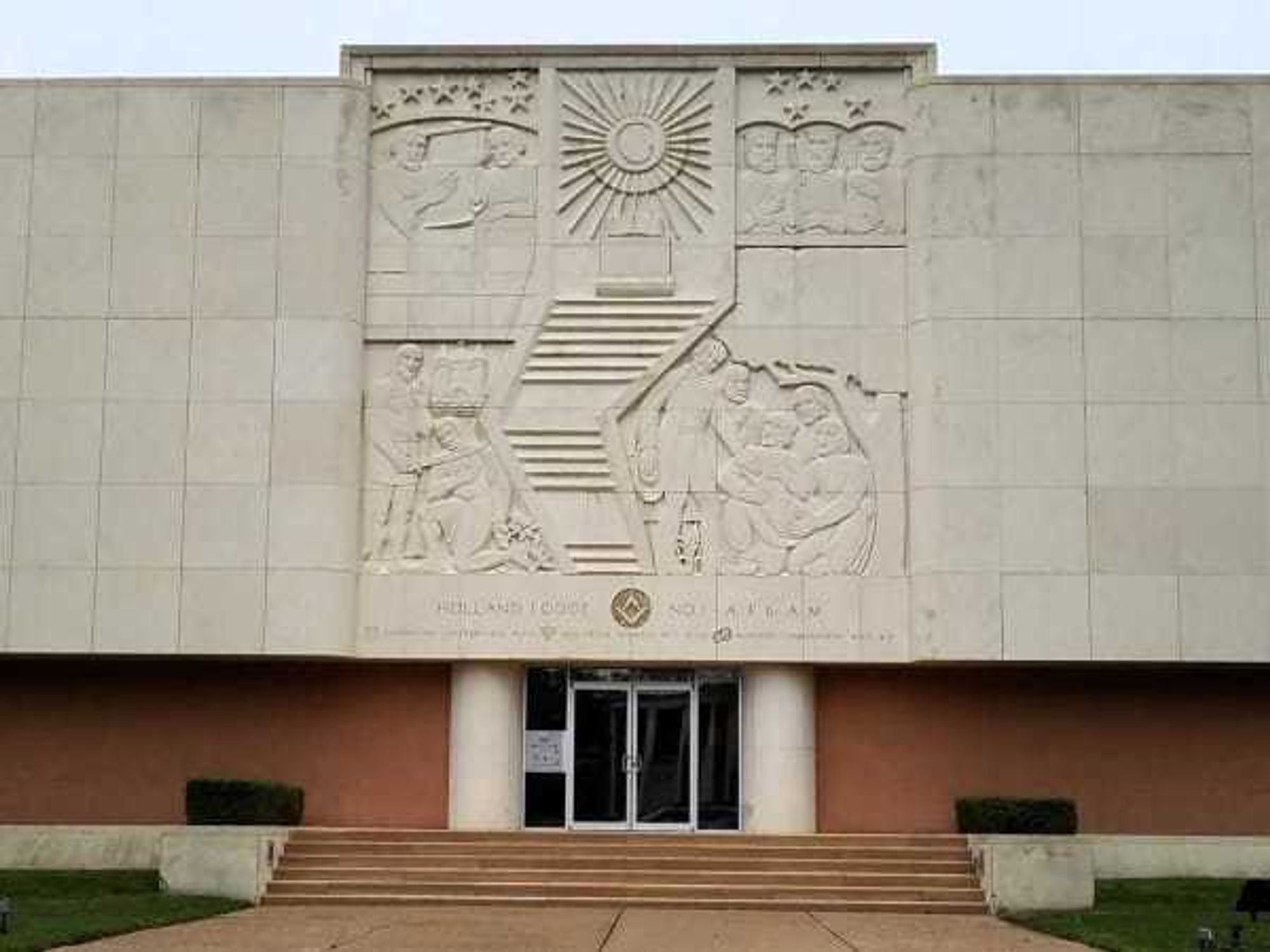t-minus...
Here's how Houstonians can watch NASA's long-awaited return to the Moon

UPDATE: NASA halted the Monday, August 29 Artemis I launch attempt at approximately 7:34 am Monday. According to a statement, the Space Launch System rocket and Orion spacecraft remain in a safe and stable configuration. Launch controllers were continuing to evaluate why a bleed test to get the RS-25 engines on the bottom of the core stage to the proper temperature range for liftoff was not successful, and ran out of time in the two-hour launch window. Engineers are continuing to gather additional data.
-----
In less than a week, NASA and its commercial partners are returning humans to the Moon in the first mission of the Artemis Program. All eyes will be on the rocket as it launches Monday, August 29.
Artemis I — the mission's first flight test of the NASA’s Orion spacecraft, Space Launch System rocket — is an uncrewed mission that will launch from Kennedy Space Center in Florida before circling the moon. The SLS rocket is targeted to launch during a two-hour window that opens at 7:33 am on Monday, August 29, from Launch Pad 39B at Kennedy.
Coverage of the launch has already started, and viewers can tune into the livestream of the rocket and spacecraft at the launch pad on the NASA Kennedy YouTube channel. Additionally, live coverage of events started airing on Monday on NASA Television, the NASA app, and the agency’s website. The launch countdown will begin at 9:23 am on Saturday, August 27.
While launch is the main event, the broadcast will also include celebrity appearances by Jack Black, Chris Evans, and Keke Palmer, as well as a special performance of “The Star-Spangled Banner” by Josh Groban and Herbie Hancock. It also will feature a performance of “America the Beautiful” by The Philadelphia Orchestra and cellist Yo-Yo Ma, conducted by Yannick Nézet-Séguin.
“The first in a series of increasingly complex missions, Artemis I will be an uncrewed flight test that will provide a foundation to extend human presence to the Moon and beyond,” NASA reports in a news release. “The mission will demonstrate the performance of the SLS rocket and test Orion’s capabilities over the course of about six weeks as it travels about 40,000 miles beyond the Moon and back to Earth.”
A full itinerary of events — including press conferences, virtual social opportunities, and more — is available online. Interested parties can also follow NASA’s Artemis blog for updates.
-----
This article originally ran on our sister site InnovationMap.

 The building at 4911 will be torn down for the new greenspace. Holland Lodge No. 1, A.F. & A.M./Facebook
The building at 4911 will be torn down for the new greenspace. Holland Lodge No. 1, A.F. & A.M./Facebook